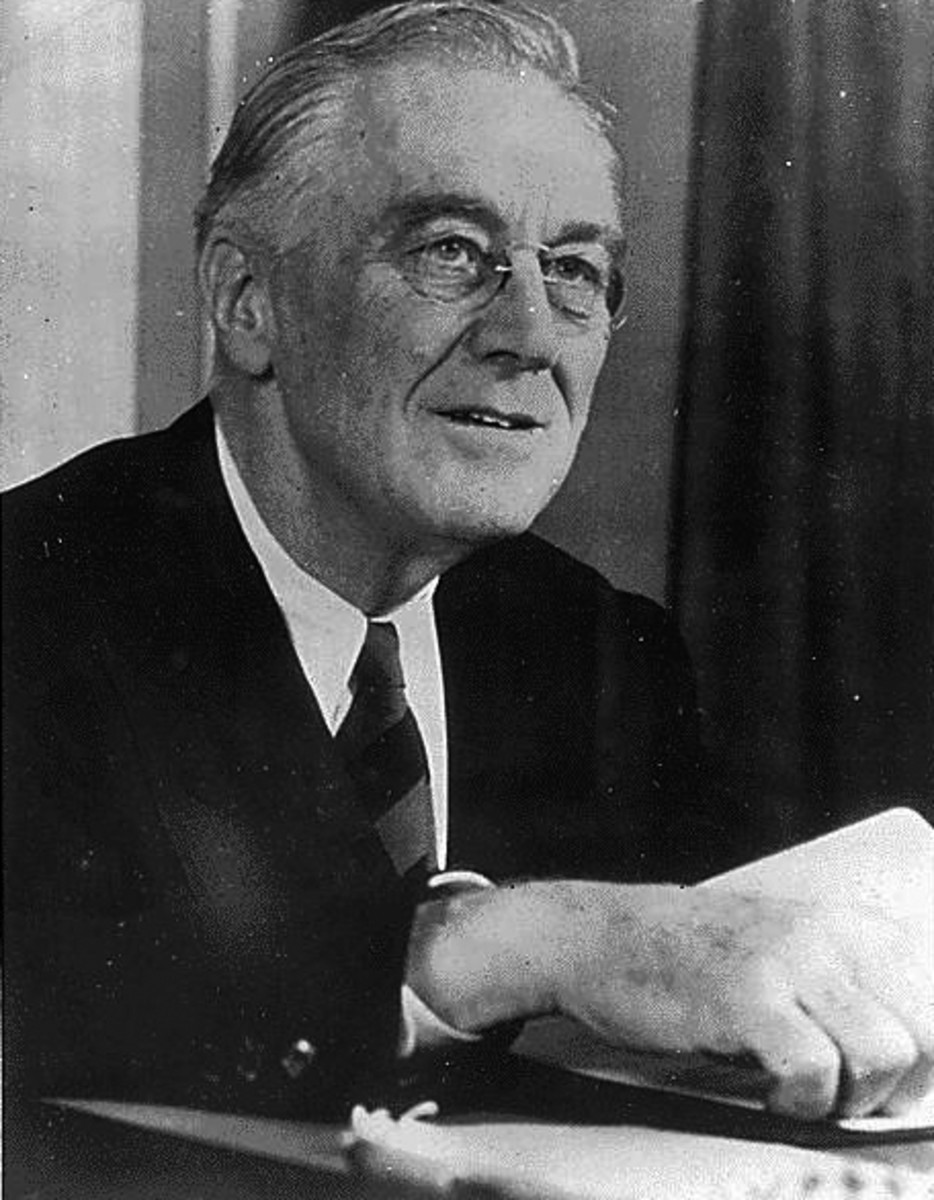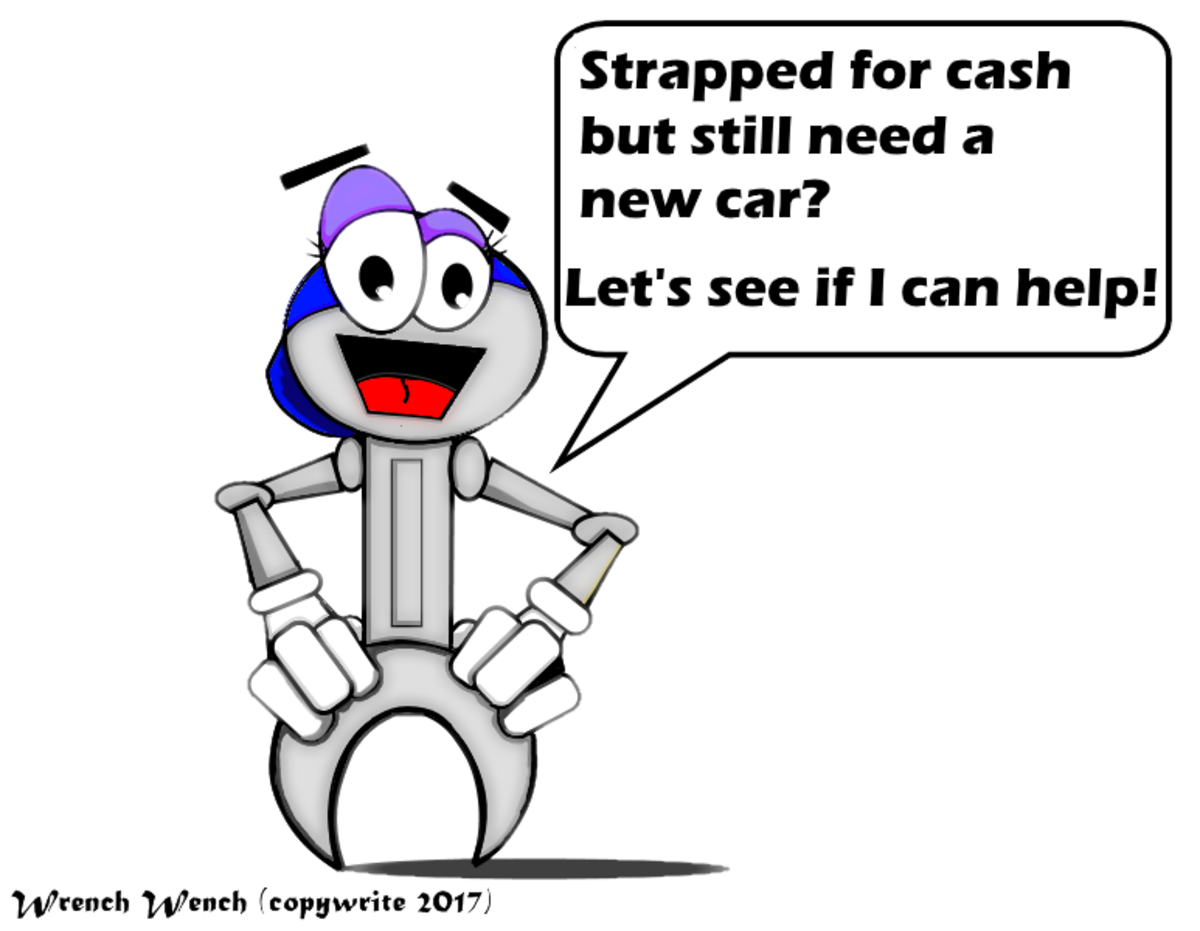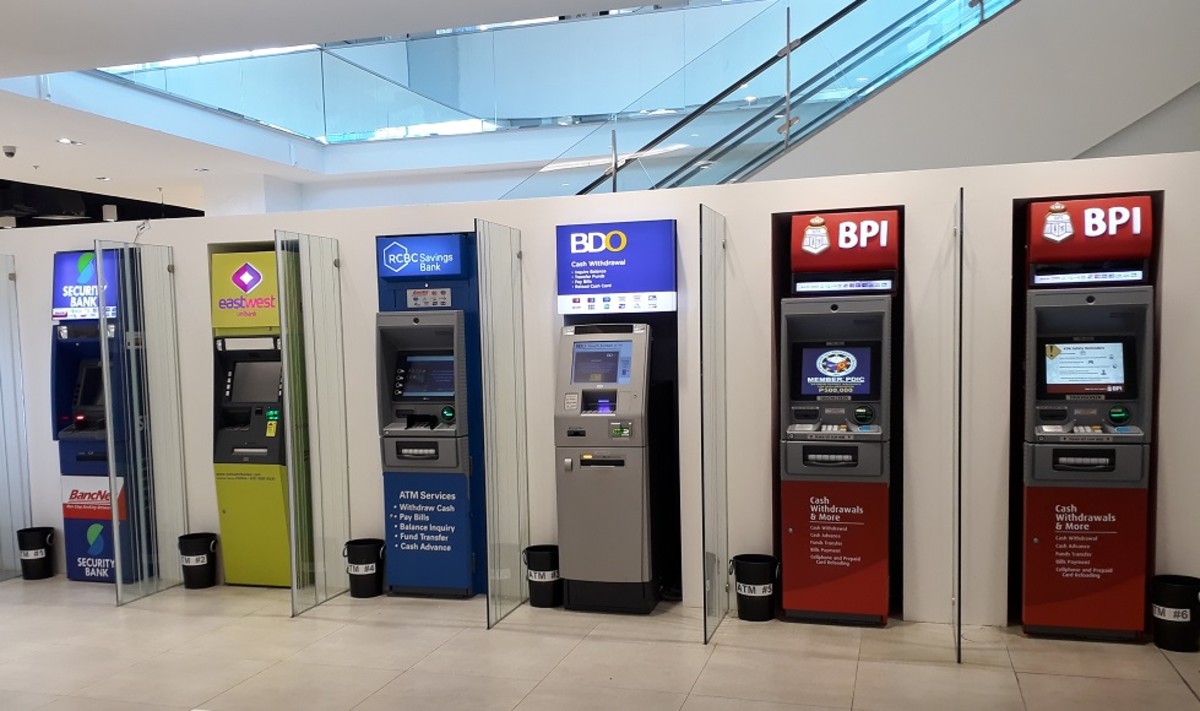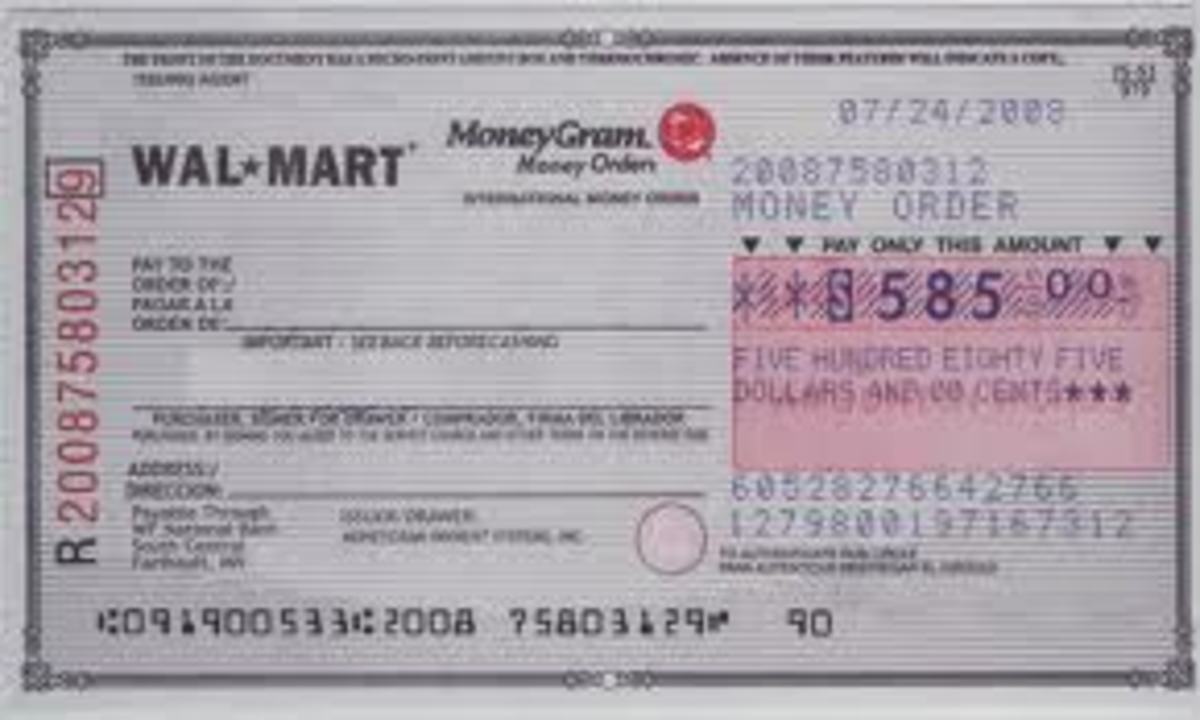History of paper money we use today
finance and economics
How world came to paper money? What is the history of paper money? What people used to use to purchase goods and services? Often, these questions strike our minds. Here, is the comprehensive explanation which will answer these questions.
Barter System
When there was no concept of money like gold, silver, metal coins or paper money people used to barter with each other. Barter system is exchange of goods or services with other goods or services. It is considered to be the most ancient form of trading. It is dated back to 6000BC. It is said that a tribe named Mesopotamia introduced this system and it was improved by Babylonians. People used barter food items, weapons and even human skulls. Salt was very precious item in ancient times and was a key item in bartering and roman soldiers were given their pay in the form of salt. This system can also be traced to the early years of oxford and Harvard universities, where students used to pay their fee in form of food items or firewood.
Most of us consider that this was an ancient system of trading when there was no concept of money, but this is not the case. Even with the invention of paper money world did not abandon this system totally. Whenever there was monetary crises world used this system. It is said that Adolf Hitler bartered with Sweden, Greece and Russia and raised money to finance its war and after the war Germans continued bartering as their currency lost value at their time. The recent recession also accelerated this system in some even developed countries. The main disadvantage of barter system was that no measure value can be given to commodities and some commodities are perishable.
Cowry Shells used for trade
It is said that cowry shells were also used as the medium of trade. They were first time used in China 1200 B.C. These were used as whole see shells or just the pieces. It is found to be used in almost every continent like Africa, America, Australia and Asia etc. Arab traders introduced cowry shells to the African world. English, Dutch and French people promoted cowry shells more as currency. World used shells as monetary purposes till 20th century.
Metal coins such as Gold and Silver
As barter system had some disadvantages which often led people to conflicts and complex situations because there was no money system was involved which had some standard value. Cowry shells also considered to be unsafe. The knowledge of metals gave people idea to use them as money and simplify the trading process. It is said that coins as money were used in Lydia and some cities of Greek in late 7th century B.C., first time. People used metal as money because it was easy to work with and could be recycled. Every coin was given a certain value according to the value of metal used for coin and used to compare with the cost of items to be traded. Many metals were used for coinage but most popular were gold and silver. The idea of coinage started from Lydia but soon became popular all over the world and every country started minting their own coins. The very popular historic coin money were dinar and dirham, which were gold and silver coins respectively, minted by Persians.
Paper Money
The history of paper money is traced back to China 806 AD. Chinese called it as “flying money” but soon after this practice disappeared. They used to use bronze as their daily transactions. This was the province Szechwan who again started using paper money as they faced a shortage of copper, which was the component of bronze. They used iron coins as currency but paper money was also allowed. In song dynasty paper money was used in limited areas with small amount. But, it was Kublai Khan, the Mongol, who enforced it and made mandatory. He confiscated all gold and silver coins even from foreign traders.
Paper money as Representative Money
In the mid of 18th century the western Europe and United States faced the shortage of silver coins because of wars and trade with China, which sold its massive goods to Europe but purchased some of their goods. This effected European economy badly as it was draining out of silver. In 1833 Bank of England notes were made legal. In 1844, bank charter act announced that these bank notes are fully backed by the gold, which became a legal standard, and paper money became the representative money. This representative money was redeemable by gold and silver with the government promise.
Fiat Money
Fiat is the Latin word which means “let it be done”. Now a days, the representative money has become the fiat money. Fiat money is that paper money which is not backed by gold standard or any other physical commodity. This fiat money does not have any intrinsic value. In 1971 the direct convertibility of dollar to gold was ended. And now we use a fiat money which does not have any intrinsic value, a floating currency. World is moving towards electronic money which is eliminating this paper money also.








